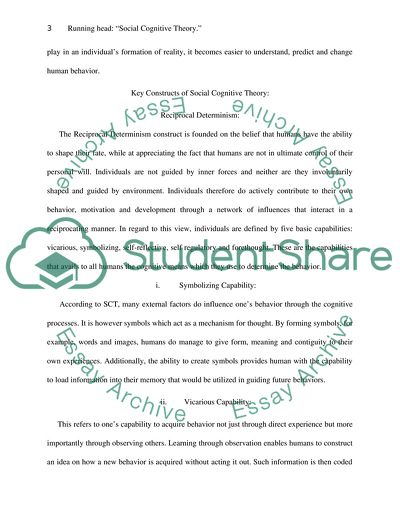Cite this document
(Overview of the Social Cognitive Theory Essay Example | Topics and Well Written Essays - 1250 words, n.d.)
Overview of the Social Cognitive Theory Essay Example | Topics and Well Written Essays - 1250 words. https://studentshare.org/psychology/1762720-social-cognitive-theory
Overview of the Social Cognitive Theory Essay Example | Topics and Well Written Essays - 1250 words. https://studentshare.org/psychology/1762720-social-cognitive-theory
(Overview of the Social Cognitive Theory Essay Example | Topics and Well Written Essays - 1250 Words)
Overview of the Social Cognitive Theory Essay Example | Topics and Well Written Essays - 1250 Words. https://studentshare.org/psychology/1762720-social-cognitive-theory.
Overview of the Social Cognitive Theory Essay Example | Topics and Well Written Essays - 1250 Words. https://studentshare.org/psychology/1762720-social-cognitive-theory.
“Overview of the Social Cognitive Theory Essay Example | Topics and Well Written Essays - 1250 Words”. https://studentshare.org/psychology/1762720-social-cognitive-theory.


